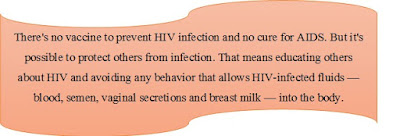THE ROLE OF BEHAVIOR CHANGE COMMUNICATION (BCC) IN HIV AND AIDS PREVENTION
BCC is an integral component of a comprehensive HIV/AIDS prevention, care and support program. It has a number of different but interrelated roles. Effective BCC can: Increase knowledge. BCC can ensure that people are given the basic facts about HIV and AIDS in a language or visual medium (or any other medium that they can understand and relate to). Stimulate community dialogue. BCC can encourage community and national discussions on the basic facts of HIV/AIDS and the underlying factors that contribute to the epidemic, such as risk behaviors and risk settings, environments and cultural practices related to sex and sexuality, and marginalized practices (such as drug use) that create these conditions. It can also stimulate discussion of healthcare-seeking behaviors for prevention, care and support. Promote essential attitude change. BCC can lead to appropriate attitudinal changes about, for example, perceived personal risk of HIV infection, belief in the right to and respo...
